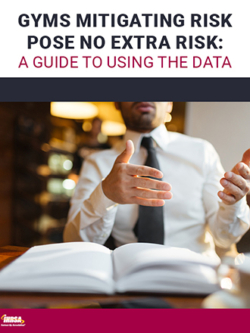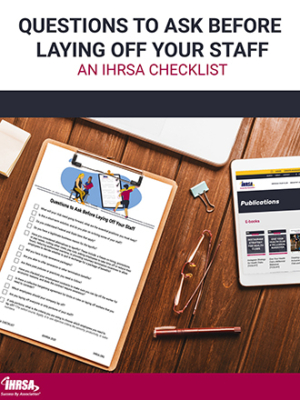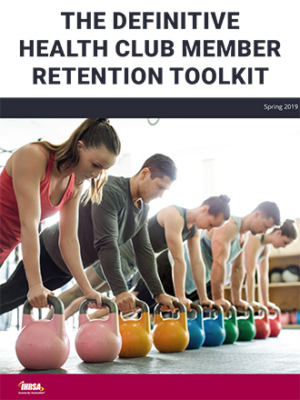Gyms Mitigating Risk Pose No Extra Risk: A Guide to Using the Data
Governments have unfairly deemed health and fitness clubs as high-risk businesses during the coronavirus pandemic. To prove otherwise, we’ve put together data and facts.
Need help making the case to reopen your health and fitness club?
We have credible information you can use to back up your argument. This collated data and research helps prove health and fitness clubs following risk mitigation procedures pose no extra risk than any other business in contracting or spreading COVID-19.
The coronavirus pandemic has been tough on the fitness industry as clubs were some of the first businesses mandated to close. It’s time that policymakers assess risk on the safety precautions and guidelines clubs are taking, rather than if no precautions are taken.
In this resource, you will find arguments and real statistics debunking the perception that gyms are unsafe, such as:
- Club data from MXM of almost 50 million member check-ins,
- How fitness facilities can aid in contact tracing,
- Health benefits of exercise,
- Why the South Korea study can't be used against group exercise, and more.
For more resources to on reopening your club—or for other COVID-19 guidance—visit IHRSA’s Coronavirus Resources for Health Clubs.
IHRSA is constantly creating new resources, so if you don’t find what you’re looking for, please email IHRSA any questions you may have.
“Until there is a vaccine, overall health and immunity is the best option we have in fighting off a global pandemic. The data and statistics are here in writing—we have absolutely been undervaluing the importance of keeping health and fitness facilities open during the coronavirus crisis. Many facilities have shown that with safety procedures and cleaning guidelines in place, reopening is possible without increasing the spread of COVID-19.”
Alexandra Black Larcom, Senior Manager of Health Promotion & Health Policy
IHRSA




